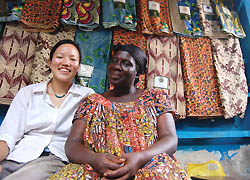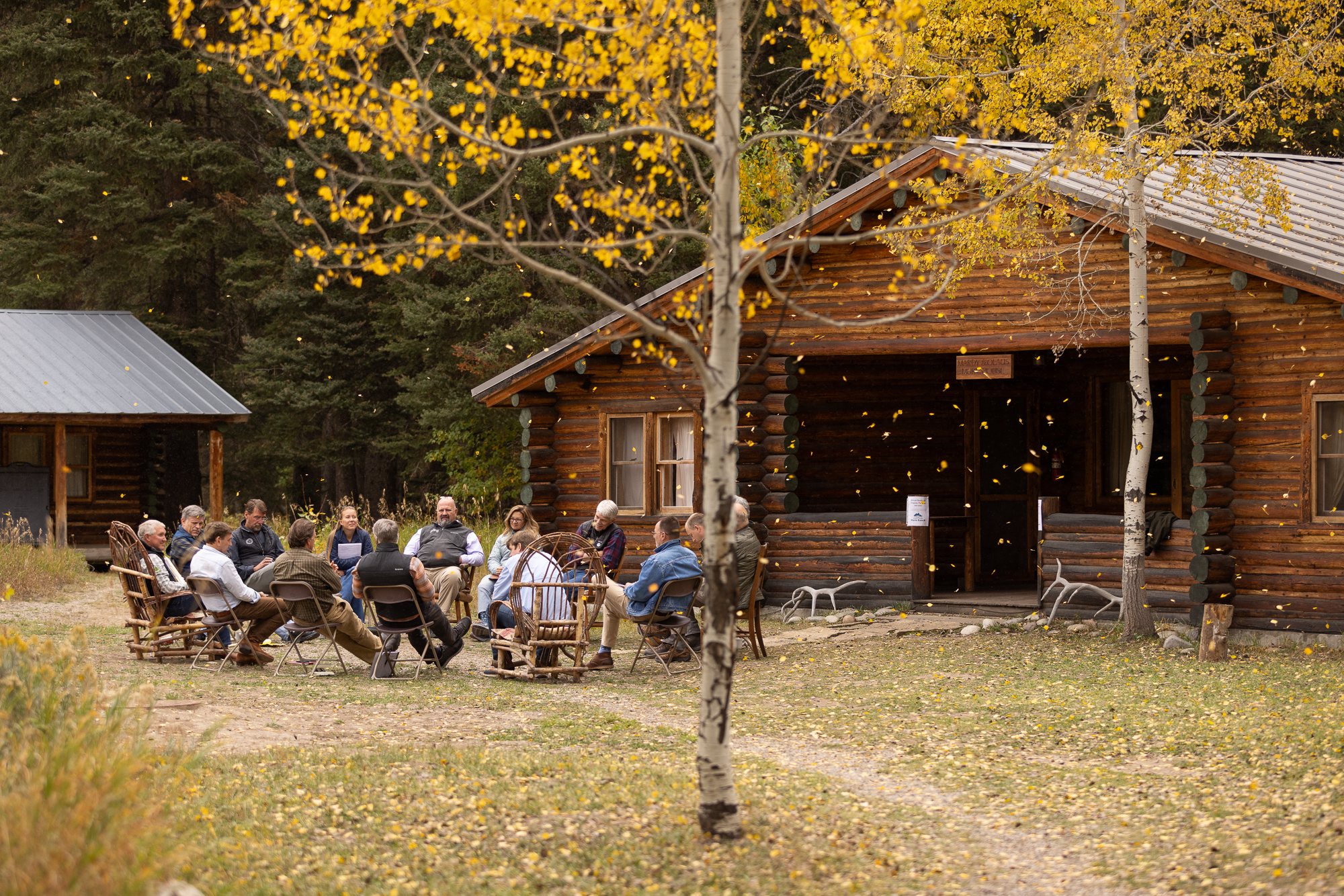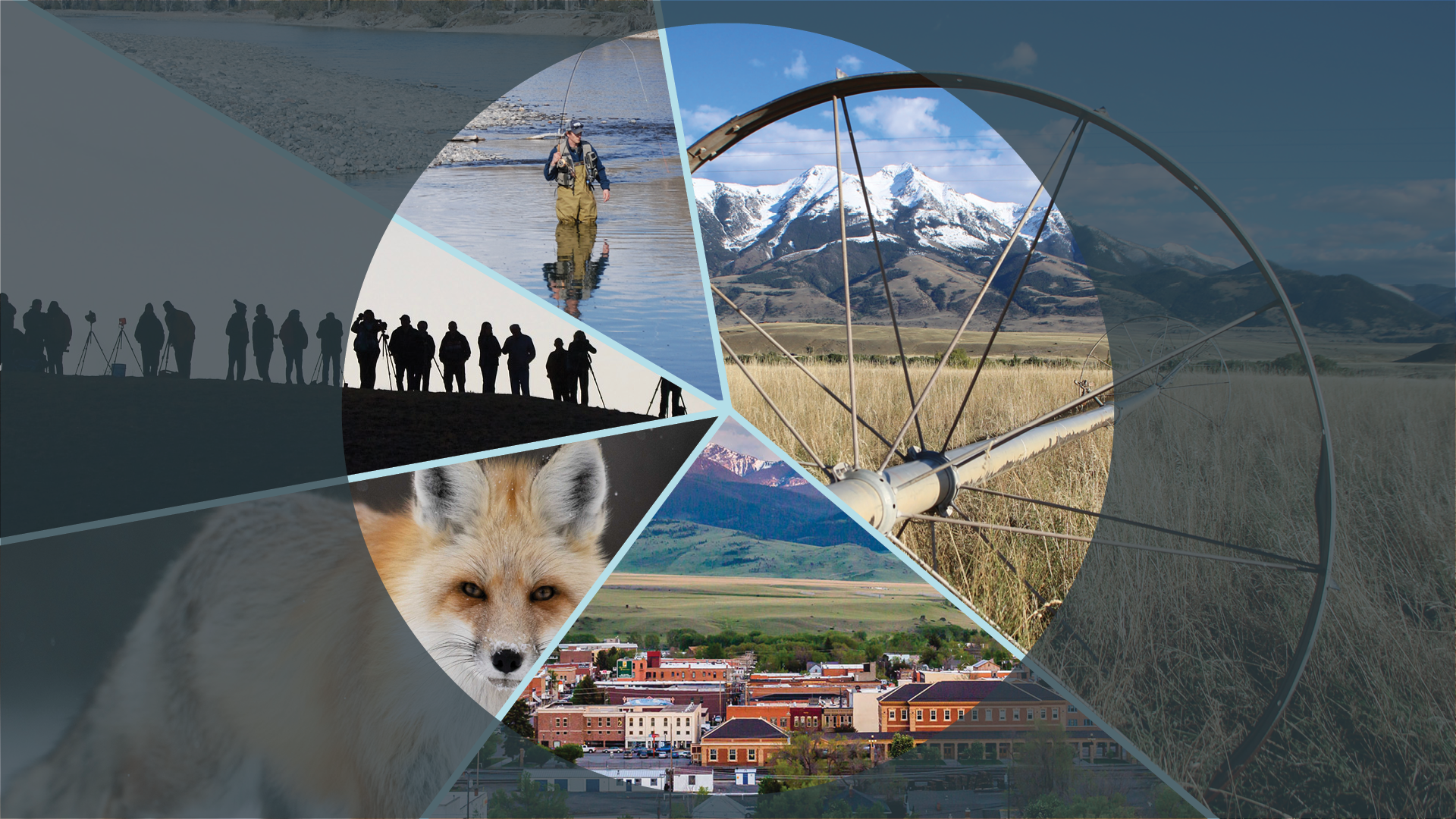
The overall aim of green loans is to save costs on commonly used resources like fuel and electricity. In developing countries with poor infrastructure, getting electricity to remote areas can be impossible, and accessing kerosene and gasoline is both difficult and inefficient.
With green loans, people are buying solar lanterns and installing solar panels on the roofs of homes and businesses. The energy brings light to extend the work day and improve productivity. In turn, the borrowers are able to raise their standard of living and earn enough money to repay their loans. Kiva has a loan repayment rate of 98 percent, unlike some microfinance groups that have failed because of lax lending policies.
Other borrowers are purchasing high-efficiency cookers and low-propane gas stoves to replace wood and other materials used for cooking and heat. Much of the developing world spends hours every day gathering wood, losing precious time for other activities, and perhaps inadvertently damaging the environment.
Already, the loans have made it possible to insulate a home in Mongolia, bring light to a hut in Kenya, and allow a taxi driver in Brazil to switch his gas-guzzling engine for a more efficient one. These improvements will help the borrowers climb out of poverty, while repaying their loans and improving the environment.
For more information visit: www.kiva.org


